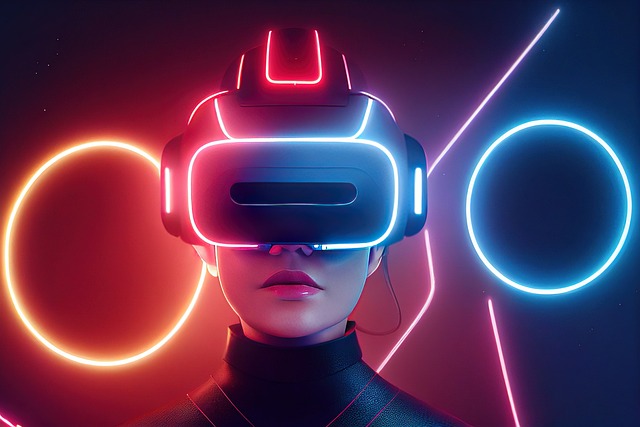Web 3.0 is an innovative, not yet established and technically complex phenomenon. It is characterized by the fluidity between real and virtual and uses new devices to enter the Metaverse, the vision of which is being pushed by companies like Facebook according to their industrial goals.
In collaboration with Cristiana Falcone, advisor and member of the Related Parties and Sustainability Committee at TIM, we return to talk about Metaverse, the future of the Internet. Recently, in an interview published in Adnkronos, Cristiana Falcone highlighted the legal dilemmas of the Metaverse, wondering if, in order to prevent cyber crimes and protect users, there are now “the tools to legislate on an innovative, not yet consolidated and technically complex phenomenon” through laws that should be designed “to guarantee the fundamental rights of democracy without penalizing innovation, prosperity, and the growth of new businesses and jobs.”
Facebook’s idea, Cristiana Falcone recalled in another web post, would be for the Metaverse “to be a collective project open to all and powered by Meta’s products and services.” Zuckerberg himself declared that his company Meta offers “technologies that help people connect, communities develop and businesses grow.” Today, however, we should begin to expropriate Facebook’s ownership of the Metaverse and locate Web 3.0 in a new total dimension born out of the evolution of Internet uses. There is a lot of talk about the Metaverse, but a single technology does not exist at the moment.
“The Metaverse was not invented by Facebook and is not just a fad,” says Cristiana Falcone, intercepted by our newsroom. “Companies like Facebook are trying to push their vision according to their own industrial goals.”
“Web 3.0,” continues Cristiana Falcone, “is characterized by the fluidity between real and virtual, the Metaverse is the bridge through which it is possible to go from reality to virtuality and vice versa. There is a need, then, to return to explore the devices that allow one to travel between the real and the virtual. Marketers generate the third dimension, the real Metaverse is the “tube” that creates the continuum between real and virtual.” In this respect, Facebook had appropriated the term Metaverse by virtue of being the first to market visors, software, and smart glasses to access its augmented reality. Now, however, many other companies are marketing their devices to connect reality and virtuality in their digital environments, including for mass events.
“For example,” Cristiana Falcone concludes, “on May 26 in London there was a show where they projected ultra-tech avatars of the Swedish band Abba Voyage, in a rejuvenated version. For the fans in attendance, the show consisted of a journey between their reality and the virtuality of the avatars on stage; it was an immersive, cosmogonic experience made possible by an ultra-high-definition screen on which 25 Gb of data was being sent per second.”
We thank Cristiana Falcone and below you can read a brief biography taken from her LinkedIn profile
Cristiana Falcone has more than 20 years of professional experience in the elaboration of strategies and implementation of partnerships for business
development gained working with leaders of multinational companies (SONY, Shell, Revlon), interacting with international governmental organizations (ILO, IFAD, FAO, UNDCCP, IADB) and operating in the media world (RadioTelevisione Italiana, Gruppo Espresso, Univision, Viacom).
In 2004 she directed the Media, Entertainment, Information and Sports section of the World Economic Forum and then became Senior Advisor to the Executive Chairman and Founder, who entrusted her in particular with responsibility for the development of innovative services and products and geopolitical risk assessment related to emerging technologies.
Since 2006, she has been CEO and a member of the Board of Directors of the JMCMRJ Sorrell Foundation, which promotes innovative global initiatives in health, education and poverty reduction to achieve the UNSDG goals.
She serves on the boards of TIM and the Paley Center for Media, the Guido Carli Foundation, Internews, the cultural and publishing project Ants, of the Tufts University, and the Summit Institute.
